The Famous Expeditions That Shaped Our World Today
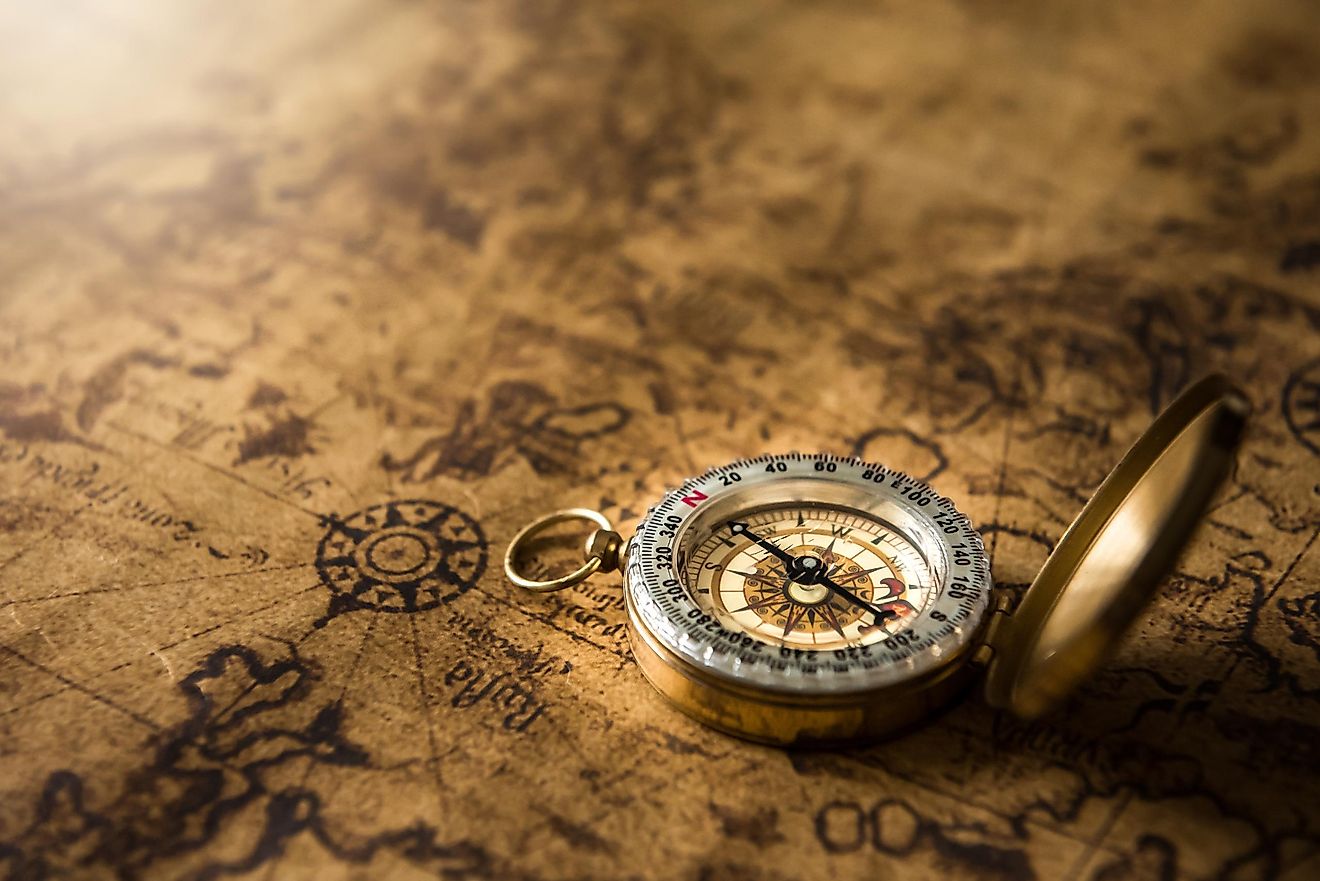
- Even though Cristopher Columbus is the historical discoverer of the new continent, the America was actually named after Amerigo Vespucci, an italian captain.
- Marco Polo was the first ever person to travel from Europe to China, and it took him 20 years to do so, finishing in 1295.
- Columbus, all the way until his death, never stopped claiming that his ship sailed to Asia and not America.
The need to travel far and beyond our place of origin can be viewed as something almost intrinsically featured in all human beings. Throughout history, people have pushed their boundaries to travel the roads untaken, no matter what kind of danger stood ahead.
In today's day and age, we can imagine that there are very few places that are left undiscovered. A lot of the expeditions that shaped the world we know today happened during the time of colonial expansion and many of these stories unveil the hard truth about what happened to the indigenous people that faced the newcomers. As people try to discover the mysteries of the universe and exoplanets of our solar system, we take a look at some of the most famous expeditions that hold an essential place in the history of mankind.
5. Mission: Top Of The World
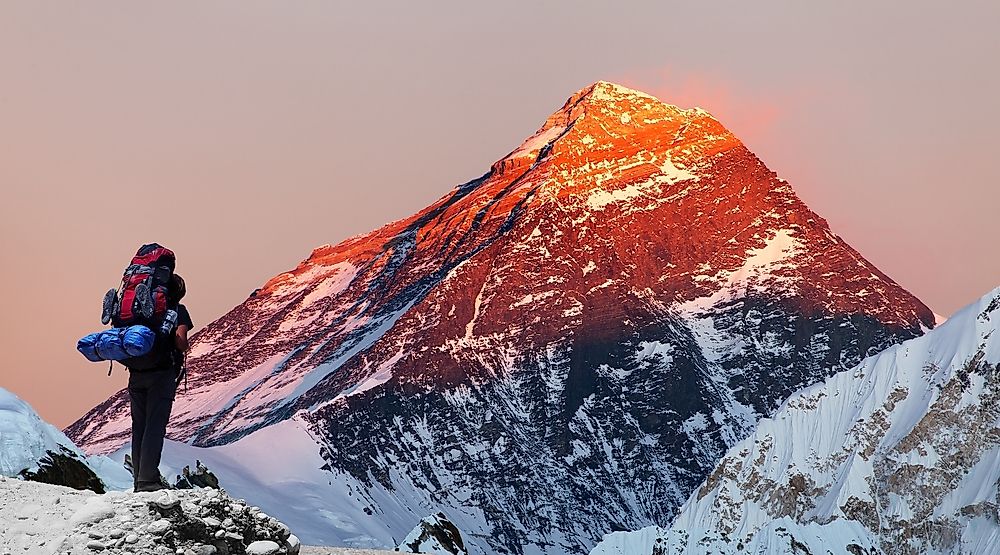
This expedition will go down as the one that proved how anything is possible, and how far can we push ourselves as human beings. In 1953, an explorer from New Zealand, Edmund Hillary, and Tenzing Norgay, a sherpa from the country of Nepal, reached the highest peak of our planet - Mount Everest. After numerous failed attempts of hiking crews, on May 29, Hillary and Norgay stood 8,848 (29,029 feet) meters above sea level, as first humans on the top of Mount Everest.
4. Amerigo Finds America
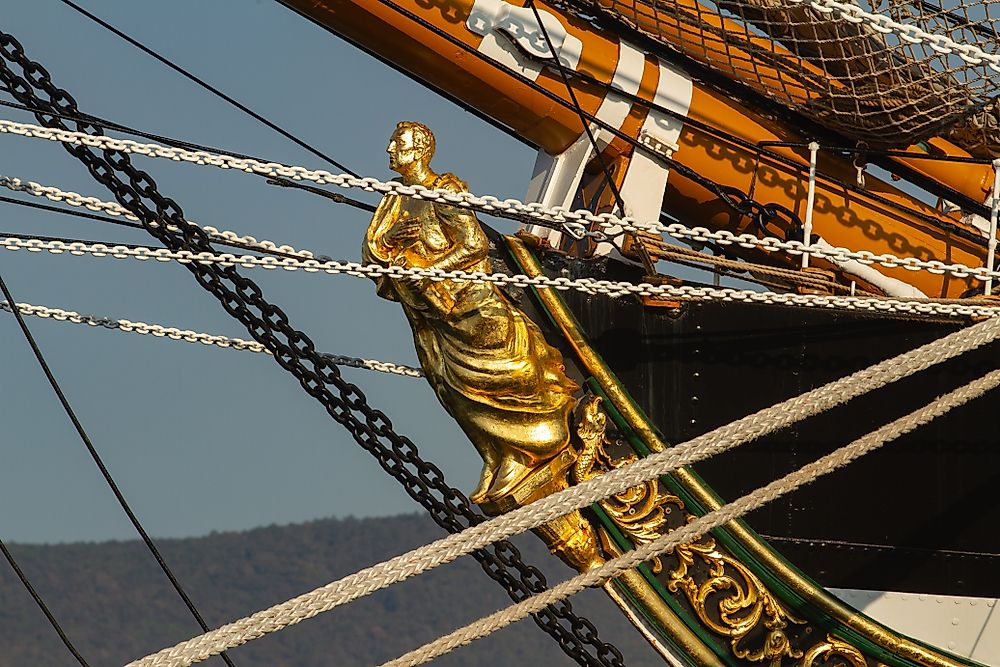
Although Cristopher Columbus is the captain responsible for the discovery of the New World, the American continent got its name after one Italian captain. Amerigo Vespucci, who traveled under the Portuguese flag, touched land in 1502. Thinking he was in India, he named the natives "Indians," not knowing he was actually in South America, in the area of Brazil.
3. Marco Polo And The Discovery Of China
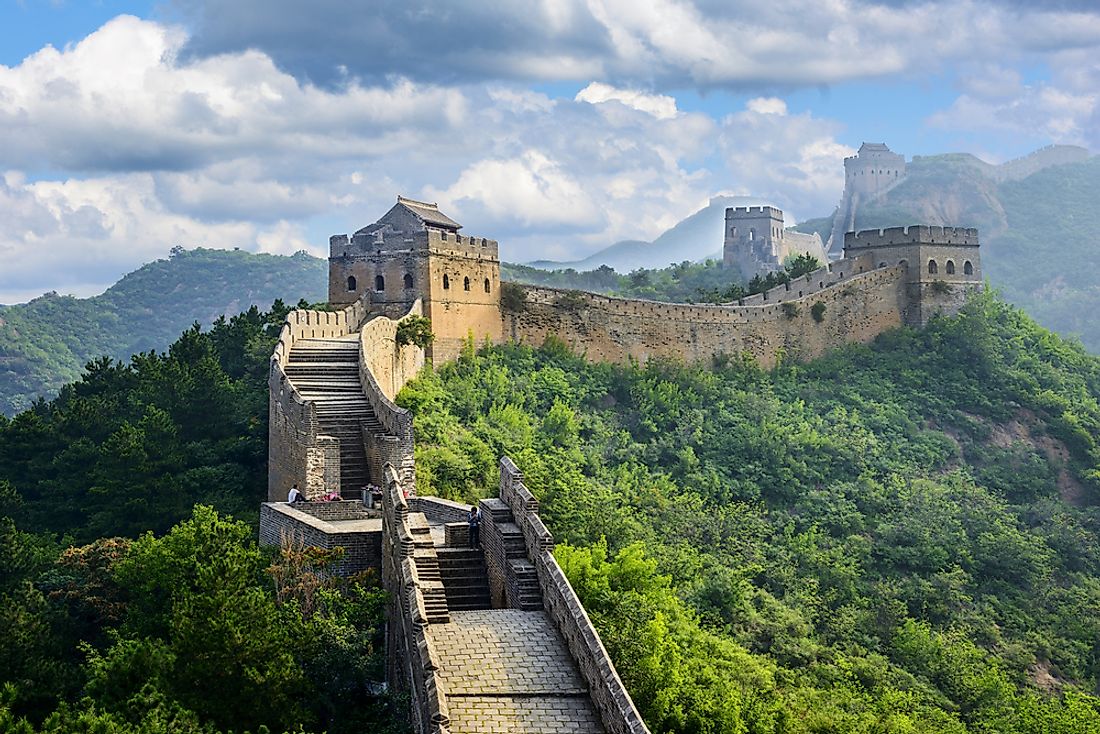
Another Italian on the list, Marco Polo, was the first person that traveled from Europe all the way to China. His travels took two whole decades, as he moved across the trading routes of the Middle East and East territories from 1275 to 1295. However, most of that time, Polo spent living with Kublai Khan, who was the Great Khan of the Mongol Empire. Polo's travels not only influenced Cristopher Columbus to set sail for the unknown but also altered the ways of map creation that led to faster and more efficient cartography that started mapping the world we live in.
2. Columbus' Epic Journey
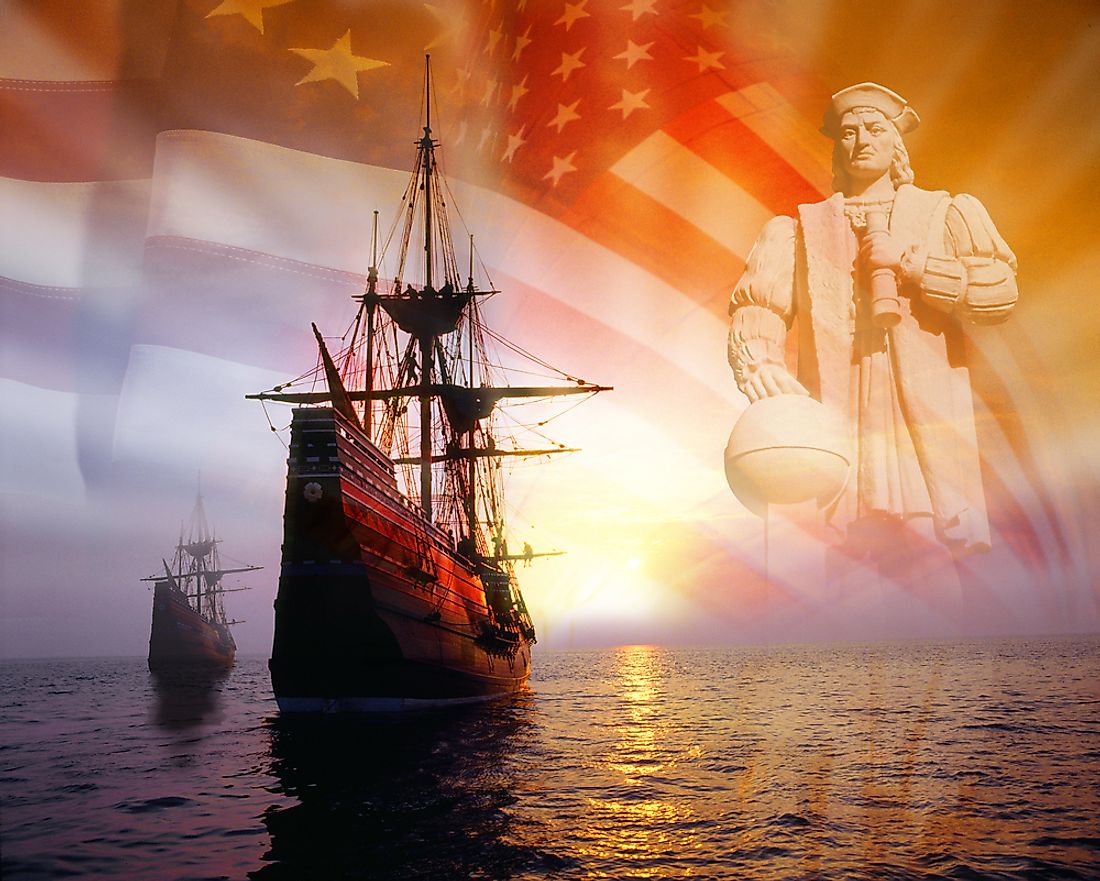
Christopher Columbus, a captain that survived the trip across the Atlantic Ocean even four times. A person who technically created a route for the people of Europe to start inhabiting and traveling into the new world, and with that start colonizing the Americas. However, Columbus did all of this by accident.
When he set sail on August 3, 1492, he thought he would make his way to China, or at least other parts of the East that were part of the trading routes. His pride and joy, the flagship Santa Maria saw land on December 25, 1492. Columbus, up until his death, insisted that it was Asia where they came, not America.
1. Around The Globe In 1,126 Days
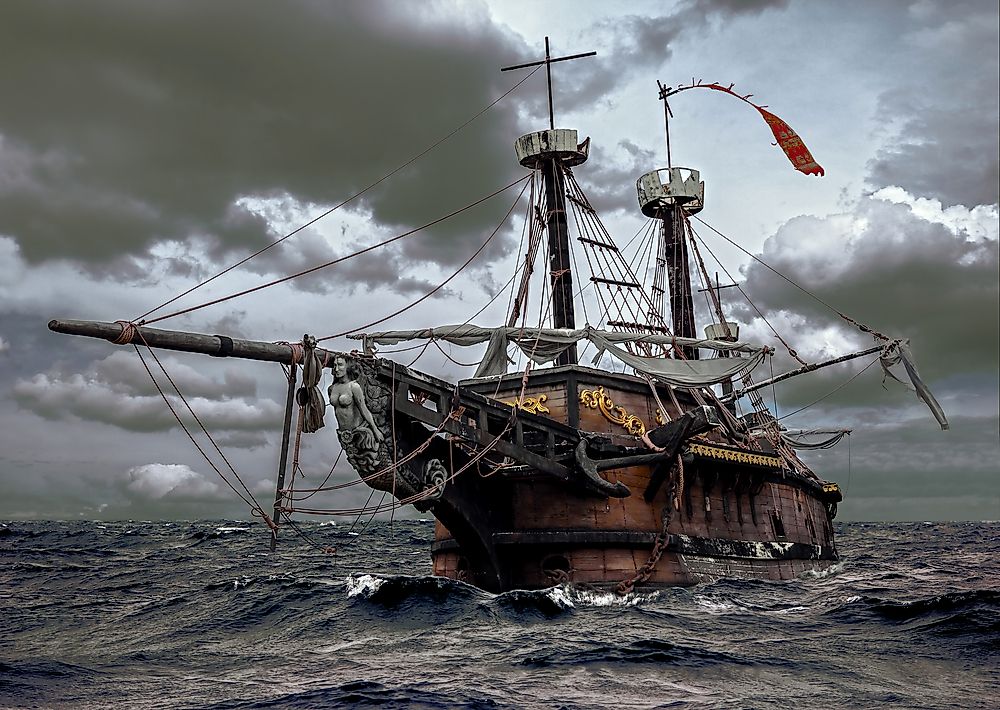
A trip that started on August 10, 1519, could be one of the most important ones because it definitely proved how the Earth was round. Ferdinand Magellan set sail from Portugal, traveling toward west only to reach the area of what is today Indonesia. Although the primary intent of the mission was to follow through the idea Magellan has presented to the Spanish king, this voyage undoubtedly proved that our planet was round, an idea that quickly revolutionized the fields of science like astronomy and geography, as well as some religious beliefs and dogmas.
Unfortunately, while he managed to travel from the Atlantic to the Pacific Ocean, and then cross the Pacific Ocean altogether, Magellan did not make it to their final destination. Out of five ships that started the mission, only one made it until the end, but without Magellan. Captain Magellan died a whole year before that while standing in the middle of a local fight in the Philippines. The one surviving ship returned home on September 8, 1522.











